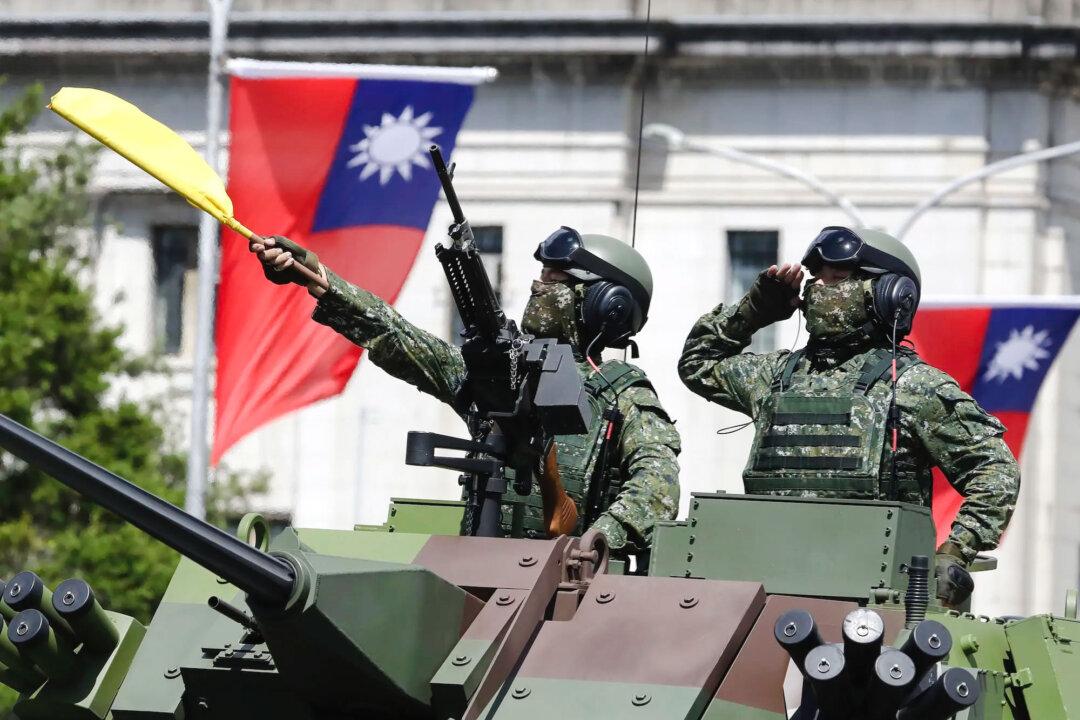China and Panama signed multiple cooperation deals after Chinese leader Xi Jinping’s recent visit to the Central American country. However, experts are voicing concerns that the closer relationship between the two countries could be damaging to Panama’s interests, as well as those of the United States.
Xi arrived in Panama on Dec. 2 for a 24-hour visit during which he met with Panamanian President Juan Carlos Varela. The two leaders signed 19 cooperation agreements in trade, infrastructure, banking, education, and tourism, according to Reuters. One of the agreements calls for China to provide non-reimbursable aid to Panama for carrying out the different projects; the amount wasn’t disclosed.
Additionally, Varela expressed support for Panama’s continued participation in projects under Beijing’s “One Belt, One Road” (OBOR, also known as Belt and Road) initiative, according to China’s state-run media Global Times. Beijing first announced OBOR in 2013, a bid to build up geopolitical influence through trade networks, with billions of dollars worth of investments in countries throughout Asia, Europe, Africa, and Latin America.
Corruption Concerns
Panamanian economist Eddie Tapiero raised concerns about the relationship with China, while speaking at a news program run by Panamanian broadcaster TVN.
“It calls us to be more demanding in areas of transparency, corruption, and the law. If that doesn’t happen, the initiative [with Chinese investment] would not work out” because the money would be squandered, Tapiero said, and efforts “to boost Panama would not happen.”
While Tapiero didn’t elaborate on how corruption might take place, China’s OBOR has been known to foster corruption in countries with weak institutions, while benefitting the Chinese regime and harming local interests. One example involves Malaysia, whose newly elected Prime Minister Mahathir Mohamad canceled some $23 billion worth of OBOR infrastructure projects in August after his predecessor was charged with corruption and money laundering, in relation to funding for the projects.
Similar transparency concerns were voiced by Miguel Antonio Bernal, a law professor and a candidate running in Panama’s 2019 presidential election, who said, “They [China] have a colonization plan and we don’t have the professional capacity to resist it. We are like an ant wanting to be friends with an elephant,” according to a Dec. 2 article by U.S.-based Spanish-language cable news channel Univision.





